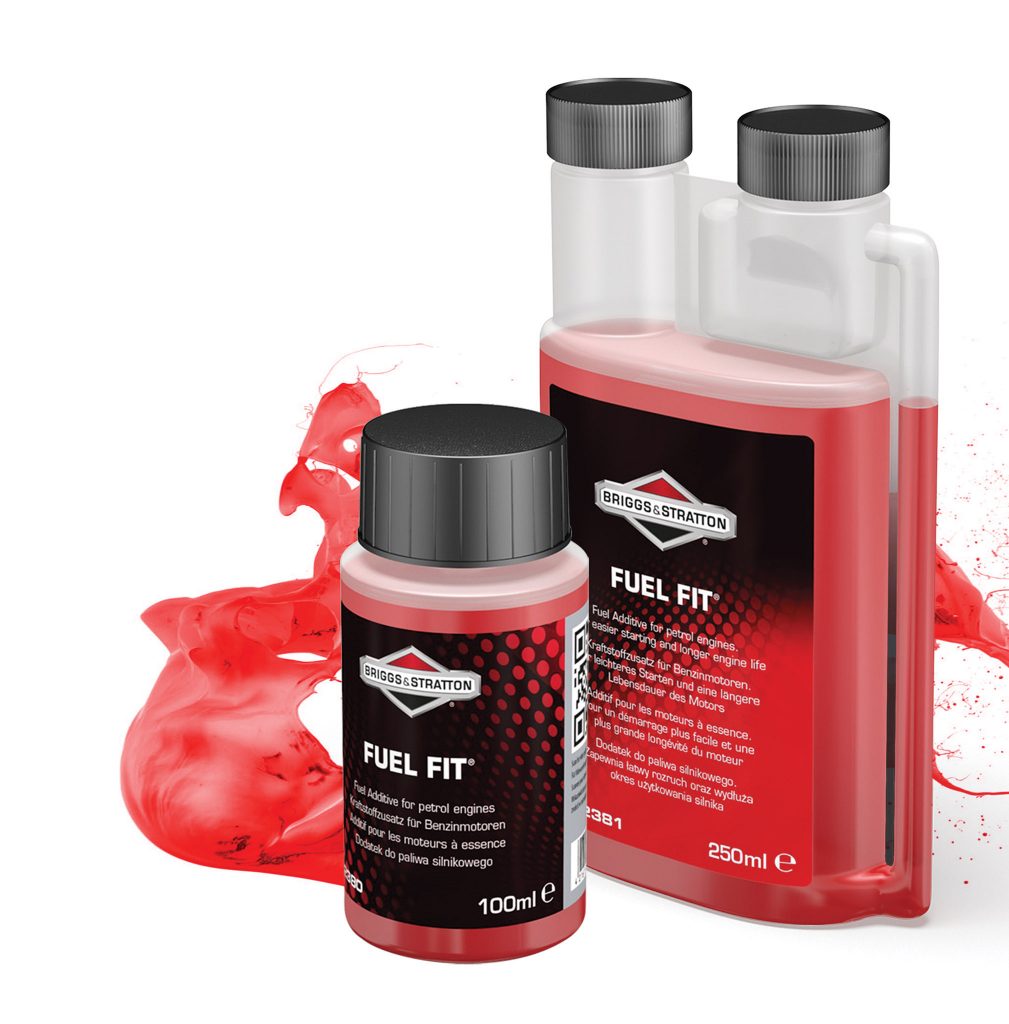Winterizing a small engine, such as a Briggs & Stratton engine, is essential to ensure it starts and runs smoothly when the warmer months return. Here are some steps you can take to prepare your Briggs engine for the winter:
- Change the Oil: If the engine has been in use for an extended period, it’s a good idea to change the oil before winter storage. Fresh oil helps prevent moisture buildup, which can cause corrosion. Please find a link to the oil and service kits https://www.briggsbits.co.uk/acatalog/Service-Kits-1.html.
- Fuel Stabilization: Add a fuel stabilizer like Fuel Fit by Briggs and Stratton to the petrol tank and run the engine for a few minutes to ensure the stabilizer is distributed throughout the fuel system. This prevents the gas from breaking down and clogging the carburetor. See blog on Fuel Fit. Link to Fuel Fit on the website https://www.briggsbits.co.uk/acatalog/992382-Fuel-Fit-992381.html#SID=53
- Run the Engine: Run the engine for a few minutes to warm it up, which will help burn off any excess fuel and prevent carburetor issues during storage.
- Clean the Engine: Remove any dirt, grass clippings, or debris from the engine and the cooling fins. A clean engine will dissipate heat better during operation and help prevent rust and corrosion.
- Inspect the Air Filter: Check and clean or replace the air filter if necessary. A clean air filter ensures proper air intake for the engine.
- Check Spark Plug: Inspect the spark plug for wear and replace it if needed. A fresh spark plug helps with easier starting in the spring. See owners manual for the gap settings.
- Remove the Battery (if applicable): If your engine has an electric start or other electrical components that use a battery, remove the battery and store it in a cool, dry place.
- Lubricate Moving Parts: Lubricate any moving parts that may rust or corrode during the winter months. This includes throttle and choke linkages and any exposed metal parts.
- Protect from Moisture: Store your equipment in a dry location to prevent moisture buildup. You can also use a cover to keep dust and moisture away.
- Store Upright: If possible, store the engine in an upright position to prevent oil leakage.
- Fuel System Draining (Optional): If you’re especially concerned about fuel-related issues, you can drain the fuel system completely. This involves running the engine until the fuel is used up, or you can drain the gas tank and carburetor.
- Check the Manual: Always consult the owner’s manual for your specific engine model, as it may have manufacturer-recommended winterization steps.
Keep in mind that these steps can vary slightly depending on the model and specific recommendations from the engine’s manufacturer. It’s always a good practice to consult the owner’s manual for the most accurate information on winterizing your Briggs engine.





















